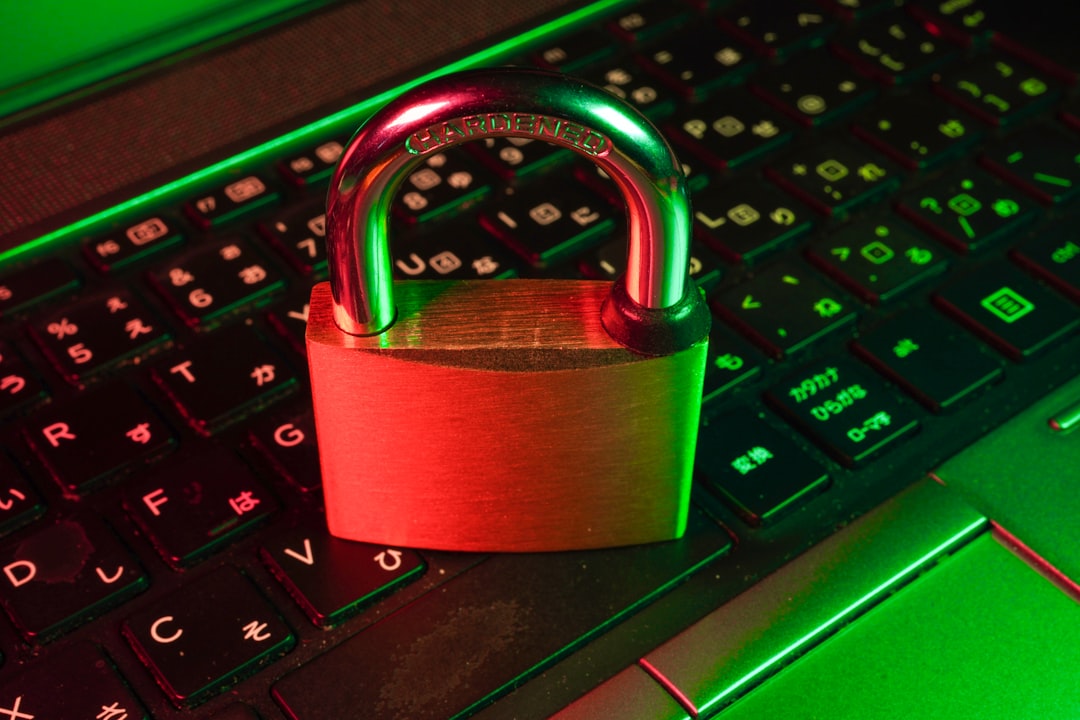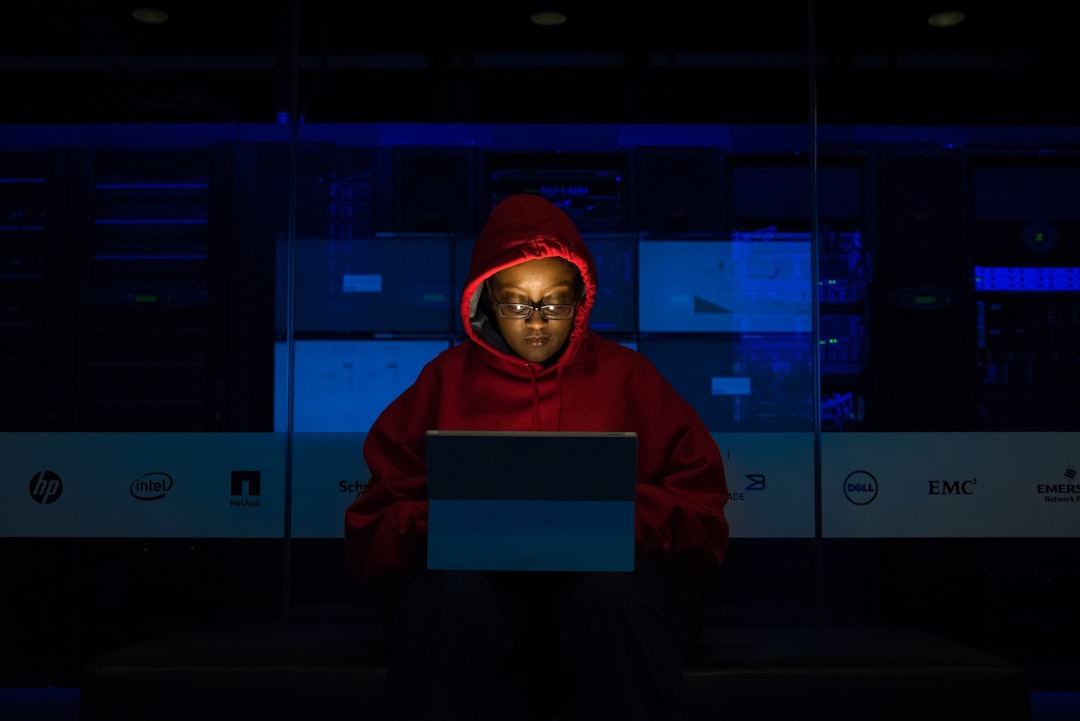Imagine your computer is your home. Now, imagine someone trying to break into it. Scary, right? That’s where endpoint visibility and managed EDR step in. They work like a super-smart security system. But what do they really do? And why is visibility such a big deal? Let’s break it down in a fun and simple way.
First things first: What is EDR?
EDR stands for Endpoint Detection and Response. It’s a cybersecurity tool used to monitor devices like laptops, desktops, and servers. These devices are called endpoints. EDR helps detect threats, track behavior, and respond to attacks quickly.
Now, take that a step further. When you hear “Managed EDR,” it means a team of experts is watching over your EDR system 24/7. They’re like digital bodyguards, constantly keeping watch.
So what’s endpoint visibility?
Endpoint visibility means seeing everything that’s happening on every device in your network. It’s like turning on the lights in every room of your house. You can’t stop a burglar if you don’t see them, right?
Managed EDR works best when it has clear, full visibility into your endpoints. That’s how it finds problems before they become disasters.
Why is visibility important?
Because in the world of cybersecurity, what you can’t see can hurt you. Here’s what endpoint visibility does:
- Spots strange behavior: Like a program trying to access areas it shouldn’t.
- Tracks activity: Every click, file opened, and network connection.
- Follows the trail: If something bad happens, it helps trace what caused it.
- Closes the gaps: It shows where security is weak so it can be fixed.

Let’s imagine a real-life example.
You download a funny cat video. But, oops! It wasn’t really a cat video—it had malware hidden inside. Without good visibility, your system might not notice the strange stuff that starts happening. But with managed EDR and endpoint visibility, the system goes:
- “Hey, that file is acting weird.”
- “It’s trying to talk to a suspicious server.”
- “Let’s block it and tell the security team!”
All this happens behind the scenes, fast and smoothly.
The magic of Managed EDR with visibility
When you have both EDR and visibility working together, it’s like having superhero vision. Nothing gets by unnoticed. Here’s what you get:
- Early warning signs: Spot trouble before it spreads.
- Faster fixes: Quicker responses to problems.
- Smart decisions: Data tells you what needs improving.
- Peace of mind: Real people are watching 24/7.
Imagine having night vision goggles in a dark field. That’s what visibility brings to EDR.

So, who uses this magical combo?
Lots of groups do! Here are a few:
- Big companies: With thousands of computers to protect.
- Hospitals: Where data must be safe and private.
- Schools: Keeping students and staff safe online.
- Small businesses: Yep, they get attacked too!
You don’t have to be a tech wizard to use it. The managed EDR team takes care of the hard stuff so you don’t have to.
Final thoughts
Endpoint visibility is the heart and eyes of managed EDR. Without it, the system would be flying blind. But with it, you gain a powerful tool that protects, alerts, and responds in real time. It helps keep your digital house safe and sound.
So next time you’re watching a cat video, just remember—good visibility makes sure it’s really just a cat video. And that’s kind of purr-fect, isn’t it?




